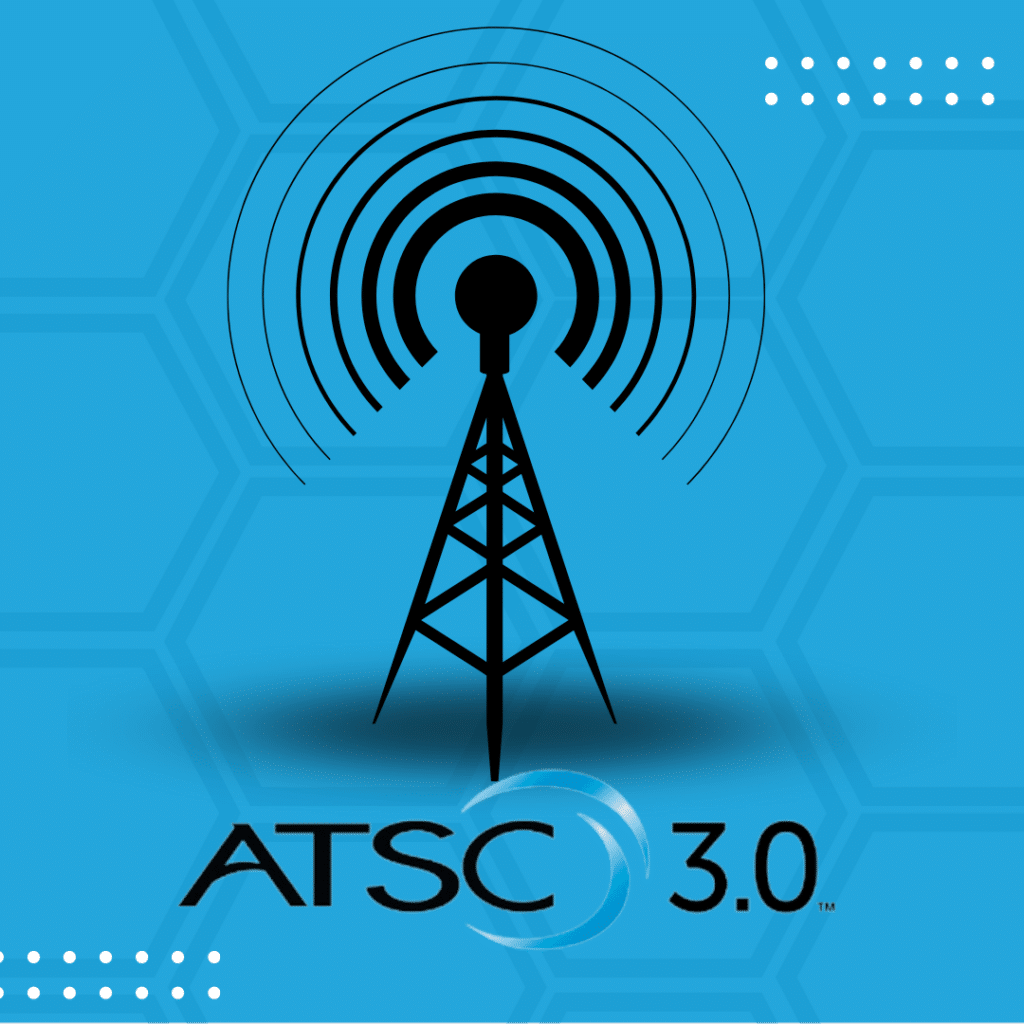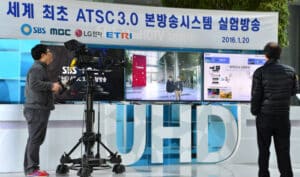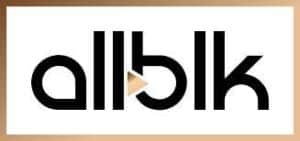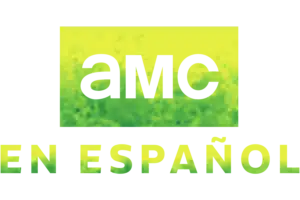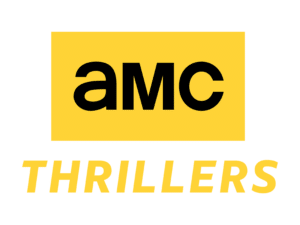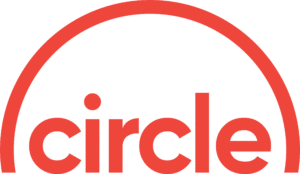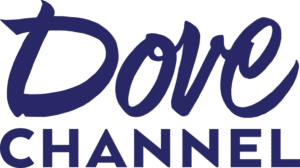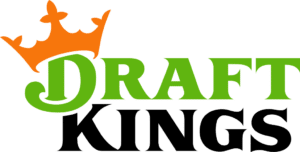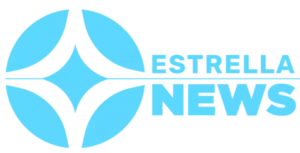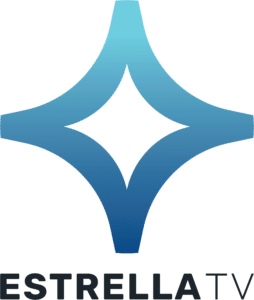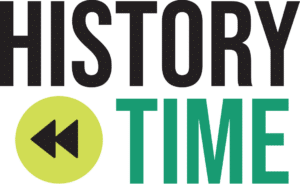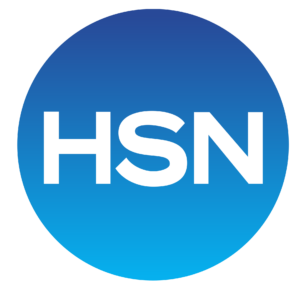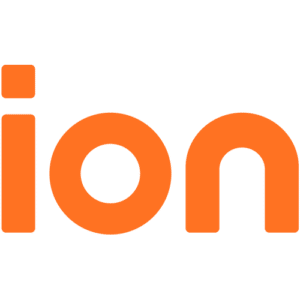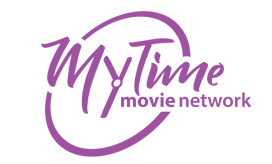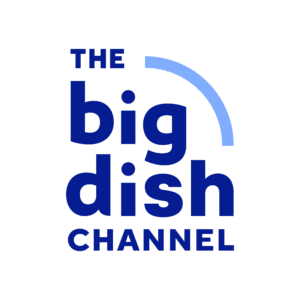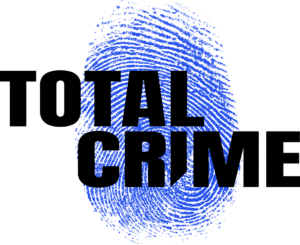If you follow cord cutting news closely, you may have heard about a new broadcast standard called ATSC 3.0. ATSC 3.0 is an Internet Protocol (IP)-based Over-the-Air (OTA) TV broadcast system that combines broadcasting and broadband internet, which promises to deliver ultra-high definition (UHD) TV anywhere, anytime.
What is New About ATSC 3.0?
ATSC 3.0 is the latest version of the Advanced Television Systems Committee (ATSC) standard. It will support several advancements including mobile viewing, 3D television, 4K Ultra High Definition (UHD), high dynamic range (HDR), high frame rate (HFR) and wide color gamut (WCG) picture quality, as well as immersive audio.
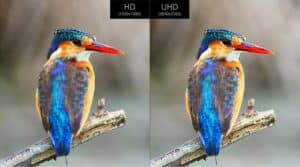
How ATSC 3.0 Works?
In a nutshell, this next generation technology will be a hybrid television delivery system. The audio and video content will be broadcast OTA and other content – like targeted ads – will be sent over your internet connection and integrated into the program. This will require a different kind of OTA tuner, which will essentially be an ATSC 3.0 home gateway that connects to your home WiFi router.
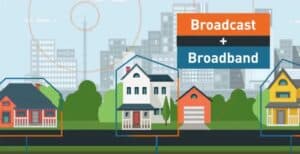
What are ATSC 3.0 features?
Here are the most exciting capabilities promised by this technology:
#1: Ultra High Def
Deliver 4K Ultra HD and High Dynamic Range (HDR) picture quality.
#2: Better Reception
Provide more robust reception Over-the-Air and a greater selection of content/channels.
#3: Mobility
Like your Tablo OTA DVR does today, Over-the-Air next-gen TV signals will be re-transmitted within your home to WiFi-enabled devices like tablets, smartphones, set-top-boxes and even Smart TVs.
#4: Better Audio
Uses a new audio codec (Dolby AC-4) that will send ultra-high quality audio with lower bandwidth requirements and allow you to switch between multiple audio/language tracks.
#5: Advanced Emergency Alerts
The advanced emergency alerting functionality of this technology will provide live video updates, escape route maps and other detailed location-based information.
#6: In-Car TV
Offer an efficient way to deliver data and content to moving vehicles, including rear-seat entertainment and updates for telematics and navigation systems.
For cord cutters, the best news is that OTA signals will be stronger with this new technology than today’s digital broadcast TV and will propagate over greater distances and deeper into buildings.
From ATSC 1.0 to 3.0… Wait, What Happened to ATSC 2.0?
Back in the days of analog ‘rabbit ears’ TV, North America used a standard called NTSC which was developed in 1941. Then in 1996, ATSC 1.0 was launched and Congress authorized the move to digital OTA broadcasting in the US. The transition was glacially slow and incredibly expensive for broadcasters, with all-digital broadcasting replacing analog signals throughout the US in June 2009. ATSC 1.0 is still the standard in use today.
Since the digital transition, just about everything about video and audio delivery has changed. Radio spectrum is at a premium having been scooped up by wireless operators and video and audio streaming efficiency has improved dramatically.
Plus, mobile devices like tablets and smartphones and over-the-top (OTT) streaming services like Netflix have proliferated. And, perhaps most importantly, consumers have come to expect internet-like interactivity and beautiful HD picture quality. This is why a planned update to ATSC 2.0 has been eclipsed and replaced by ATSC 3.0.
The Slow Path Forward to ATSC 3.0:
Earlier this year, the FCC cleared the way for voluntary adoption of ATSC 3.0. Unlike with the well-planned 2009 transition to ATSC 1.0, as of now there is no specific goal date for the switchover. In fact, members of the FCC noted during the adoption deliberations that setting a transition date now was ‘premature’ and even raised concerns about lack of details in the plan and how it would impact consumers.
Alpha trials of ATSC 3.0 broadcasts were planned for late 2017 by WRAL-TV (NBC) in Raleigh-Durham, North Carolina and WJW-TV (FOX) in Cleveland, Ohio. While early work on this standard was undertaken by other stations, the first voluntary deployments by broadcasters began until 2019. Even then, broadcasters will be required to simulcast via the ATSC 1.0 standard for a set (but still undetermined) time period.

Trailblazers – South Korea:
South Korea has already chosen ATSC 3.0 as its next generation broadcast standard. Since 2016, LG Electronics and its partners have conducted successful trials of an end-to-end 4K Ultra HD OTA broadcast using the new ATSC candidate standards. The South Korean plan is to deploy ATSC 3.0 nationally in time for broadcasts of the PyeongChang 2018 Olympic Winter Games.
The Dark Side of ATSC 3.0:
Unfortunately, all the great features of this technology won’t be available using current technology as it’s not backward compatible. Advanced internet-connected hardware will be needed to receive the new style broadcasts. Broadcasters will share spectrum during the transition to mitigate disruption which will ensure that ATSC 1.0 tuners like the ones in Tablo DVRs, TVs and more will continue to work. As the switchover moves forward, expect electronics manufacturers to begin selling ad-hoc solutions like ‘converter’ boxes and tuner dongles to bring the new signals to older devices.
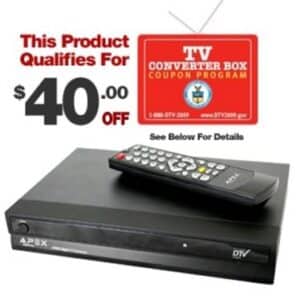
On the content side, it’s possible that some local channel broadcasters won’t make the switch for cost, technology or manpower reasons. As a result, they might be squeezed out of the channel lineup.
Still, industry watchers suggest the shift to new ATSC standards will be far less painful than the 2009 DTV transition. This technology costs less than the transmitters currently used by many ATSC 1.0 stations and the ability to insert localized commercials should help with broadcasters’ bottom line.
On all fronts, we’ll have to wait and see how regulators, industry players and consumers respond. So for now, sit back, relax, grab your remote and enjoy the tech you have. It’ll be with you for the next few years at least!
Read ‘What Cord Cutters Need to Know About ATSC 3.0 – Part 2’ HERE
Still looking for more info? Check out these articles, videos and announcements:
Feb. 23, 2017: FCC Unanimously Approves ATSC 3.0 Rollout Proposal
Feb. 21, 2017: ATSC 3.0 Components: Where they are and what they do
June, 2016: ATSC 3.0: Cord Cutter’s Dream or Tiered Internet Nightmare?
June, 2016: ATSC 3.0 Mysteries Explained, Part 1
June, 2016: ATSC 3.0 Mysteries Explained, Part 2
May 13, 2016: ATSC 3.0 Next Generation Broadcasting (3-minute video)
Aug. 3, 2015: ATSC 3.0: A New Broadcast Standard for the UltraHD and Mobile Age


